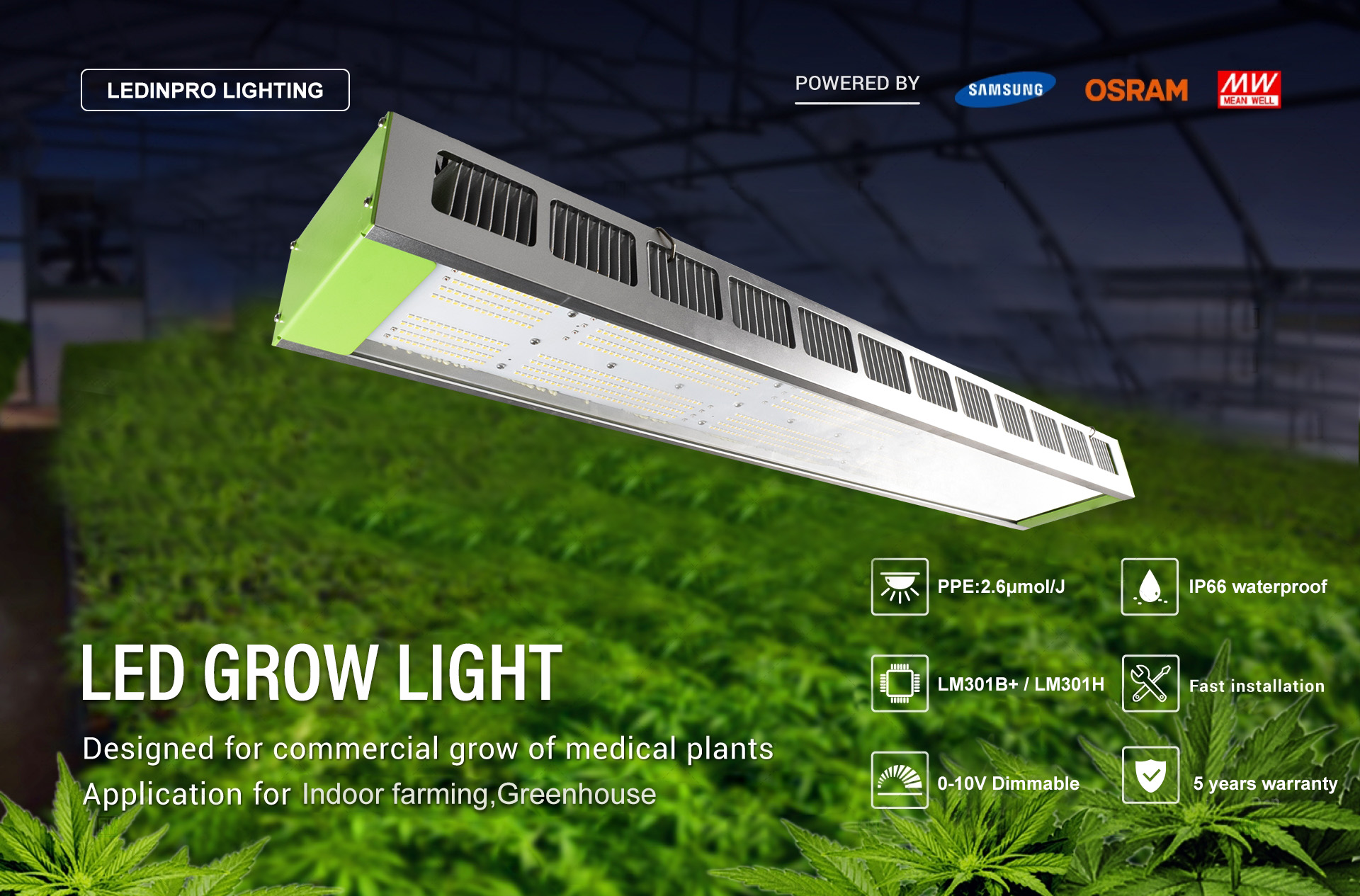How to Choose and Use LED Plant Lights With Good Results
LED plant light is one of the many plant lights, and is also one of the most used plant lights in recent years. Because compared with other plant lights, LED plant lights have more advantages, such as: less heat, occupy little space, low power consumption, etc., and also has clear data to show that LED plant lights on crop replenishment has increased yield and quality and can be listed in advance. So choose to use LED plant lights to fill the light of more and more people, that how to choose and use LED plant lights with good results?

Pay attention to the choice of LED plant lights
If you want the plant lights to have a good supplemental light effect: first of all, you should pay attention to the selection of the right crop LED plant lights. Different crops have different requirements for light and light intensity, so pay attention to the spectrum and power of LED plant lights. For crops that need color and flowering results can choose red and blue LED plant lights, for leafy crops can use full-spectrum LED plant lights, light-loving plants to choose high-power LED plant lights.
Pay attention to the distance between plant lights and plants
Since plant lights have a certain amount of heat, the distance between the light and the plant is too close to the plant, which will burn the plant and cause some damage to the plant, however, if the distance between the plant light and the plant is too far, it will greatly reduce the light utilization rate, thus weakening the supplementary lighting effect.
Pay attention to the time of supplemental light
If the weather is sunny, you can give plants 2-3 hours of supplemental light in the morning and evening when the light is weak; if it is cloudy, rainy or hazy, you can give plants supplemental light all day long. There is a time limit for the plants to receive light. 14 hours of light is the most suitable time for plants to receive light in a day.